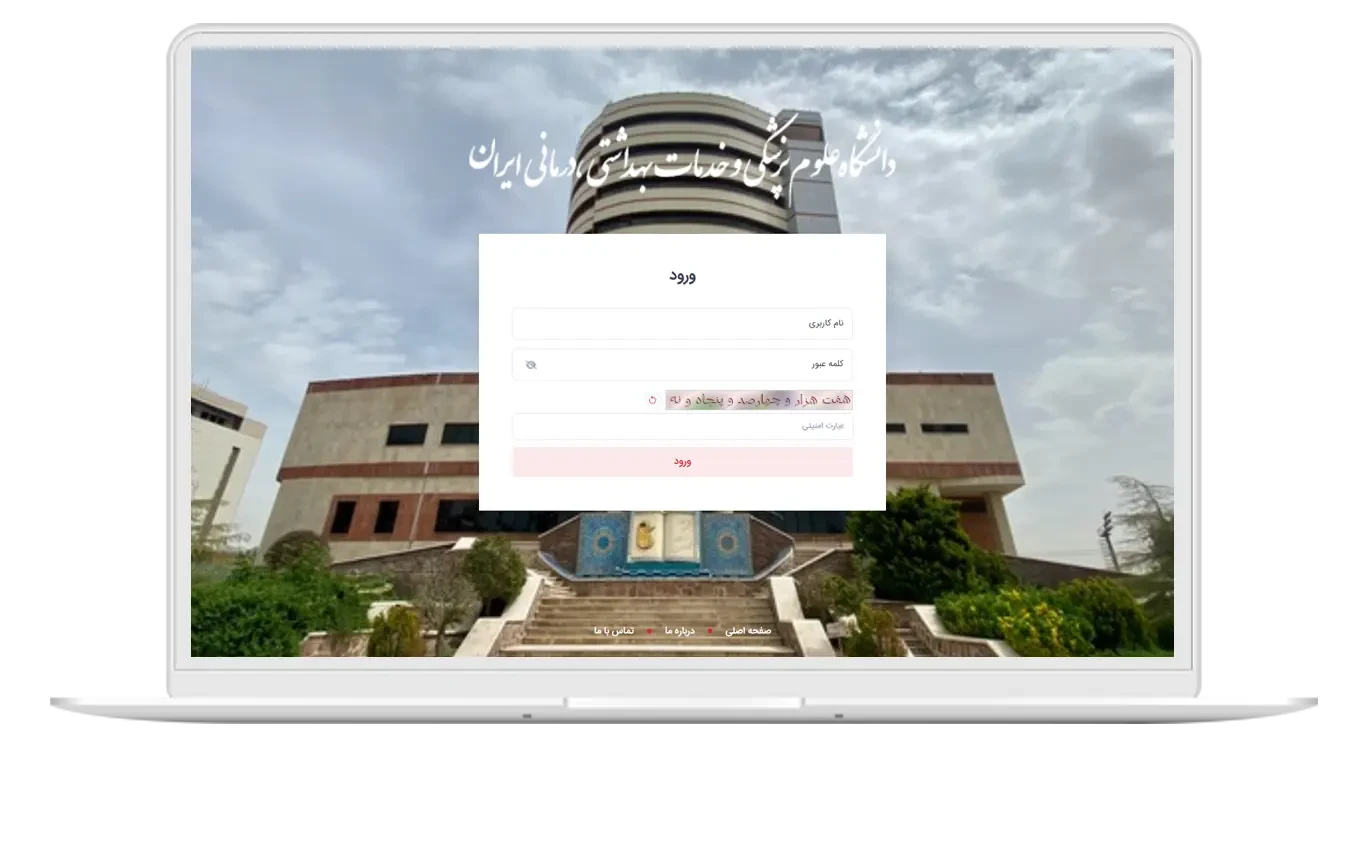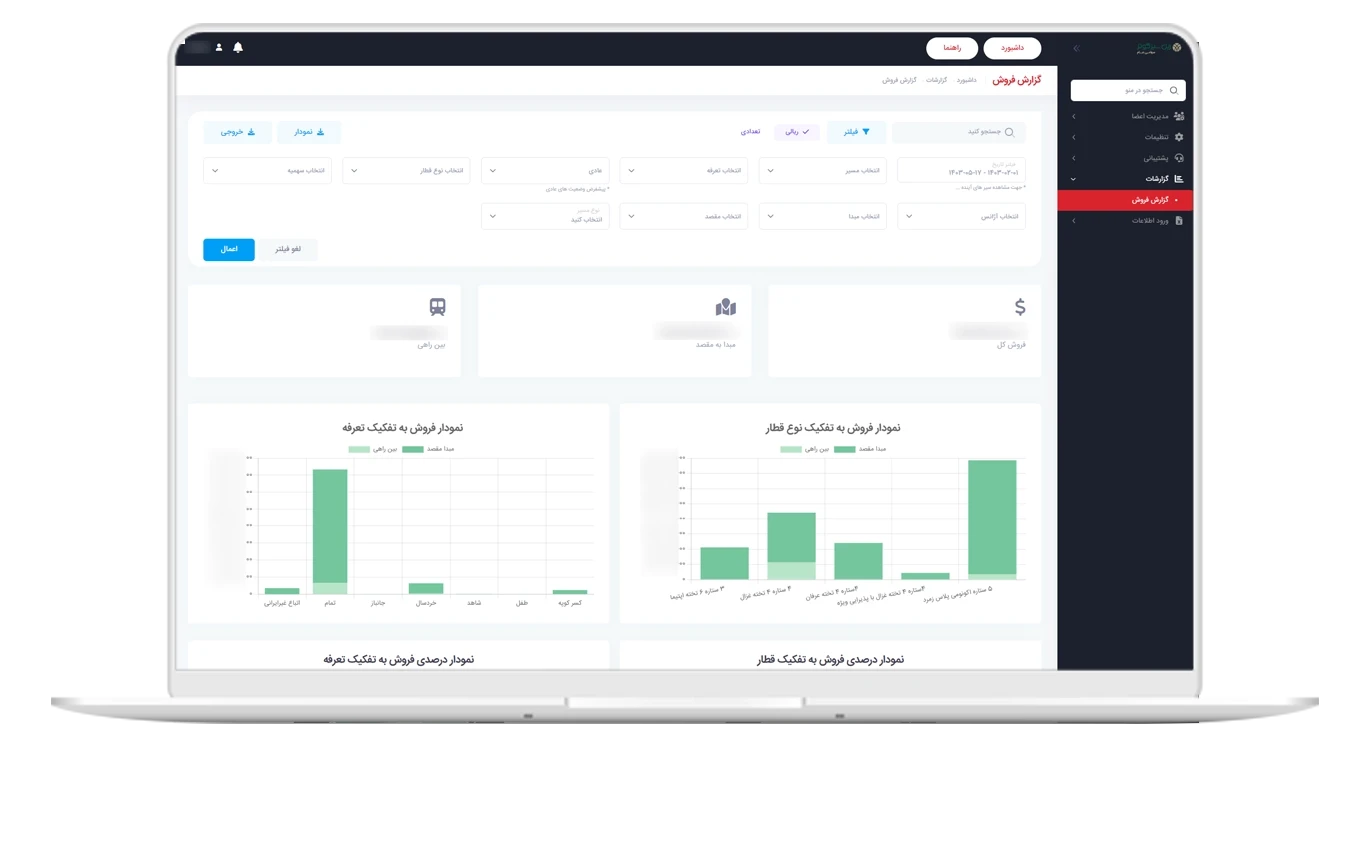What is a Productivity and Time Management Platform?
Time management is inherently a true science focused on allocating the hours necessary to achieve a specific goal. This goal can be both the accomplishment of professional tasks and the achievement of a personal objective (for example, the desire to lose weight is also impossible without proper planning and execution).
Previously, we had no choice but to rely on paper planners to organize all the steps correctly. However, in the digital age, we welcome specialized software; time management tools that allow us to perform our work more efficiently and prioritize tasks correctly.
Let's showcase some of the most popular applications of this type, so you can clearly understand what we're talking about.
Best Productivity Applications
So, which time management platforms are the best-selling on the market today? If you want a high-yield product, you need to know your main competitors.
Trello
We begin our brief competitive analysis with a description of Trello. Trello is an easy-to-use task tracker aimed at managing business, social, and creative projects. Furthermore, if you are interested in proper planning, self-monitoring, and data structuring, this service is suitable for personal use.
Trello belongs to the productive, business, and personal applications that have found a main method of interaction with the user. The core elements of the system are:
- Boards: The main visual space where the share of each ongoing task is located.
- Lists: One of the board elements on which cards are placed.
- Cards: Typically, each card represents a separate task.

This time management and productivity platform offers both paid and free versions. Additionally, several paid options are available.
Trello is successfully used by not only startups but also giants such as National Geographic, Google, and Kickstarter.
Todoist
Now, let's discuss another example of the best productivity applications: Todoist. This service allows users to properly plan their tasks and provides the ability to use any suitable device, such as smartphones, computers, or tablets (whatever you prefer).
Todoist's main features include:
- Use of primary color levels;
- Breaking down tasks into projects and sub-projects;
- A convenient way to attach files.
- Shared project management;
- Adding labels, comments, and the like;
- Productivity tracking, presented in a visual chart.
- Using templates to simplify project work
- Notifications;
- Integration with well-known systems like Slack, DropBox, and Zapier.
Another feature of Todoist: This brand has created specialized solutions for business purposes and personal use.
Asana
Asana is a time management platform likely appealing to relatively small teams working on collaborative projects.
What is Asana for?
- Offline work: The next time you connect to the internet, all current tasks will be immediately updated on any device.
- Easy access to the to-do list;
- Ability to quickly add a task or even an idea, so it's not forgotten in the workflow.
- Advanced project search;
- Free access to the application's functionality, provided that the team size does not exceed 15 people.
Of course, Asana also has more familiar features such as setting deadlines, uploading files, and leaving comments and notes.
Are you ready to compete with the above services and build a high-yield application? Then learn the answer to the following question, namely…
Who is interested in these productivity tools?
As you probably already understand, such applications are useful for all businesses and traders (as well as ordinary individuals) who want to manage their time effectively and thereby increase the productivity of their actions.
First of all, these time trackers and useful applications help:
- Large companies;
- Small businesses;
- Startups;
- Social projects;
- Government organizations;
- Various project teams;
- Freelancers.
However, the target audience can be divided into two main groups.





